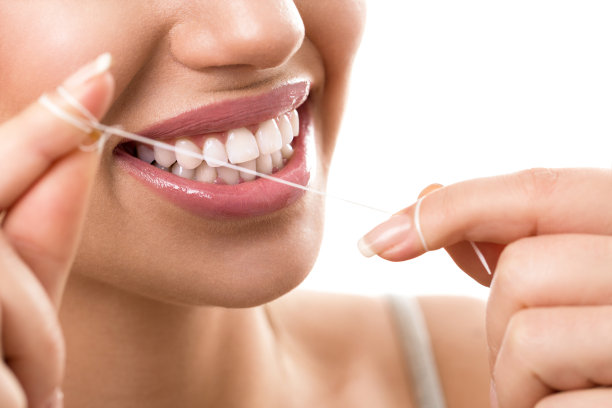The Essential Guide to Safely Extract a Tooth Without Complications and Ensure Quick Recovery
Summary: Extracting a tooth can be a daunting task, often filled with apprehensions about pain, complications, and recovery. This essential guide provides detailed, step-by-step advice on how to safely extract a tooth without complications. It covers important preparations, techniques for extraction, post-operative care, and tips for ensuring a quick recovery. By following these guidelines, individuals can effectively manage the process, minimize discomfort, and promote healing.
1. Importance of Proper Preparation

Preparing for a tooth extraction is crucial to ensure the procedure goes smoothly and with minimal complications. Before the extraction, it is essential to consult with a dentist to discuss the overall health, medical history, and any medications that might affect the extraction process. Collecting this information allows the dental professional to assess risks and create a tailored plan for the patient.
Another significant aspect of preparation involves understanding what to expect during the process. Patients should be informed about the procedure, anesthesia options, and possible complications. This knowledge helps reduce anxiety and promotes better cooperation, which is beneficial for both the practitioner and the patient during the extraction.
Finally, it is advisable to gather necessary supplies before the tooth extraction. Having access to ice packs, gauze, and over-the-counter pain medications can help ensure that the patient is adequately prepared for post-operative care, which is vital for recovery.
2. Techniques for a Successful Extraction
The technique used during the tooth extraction plays a significant role in determining the overall success of the procedure. Among various methods, the most common ones include simple extractions for visible teeth and surgical extractions for teeth that are not easily accessible. Dentists employ local anesthetics to numb the area and prevent pain during the procedure.
Proper technique also involves the angle and force applied when extracting the tooth. Incorrect movements can lead to fractures in the surrounding bone or damage to adjacent teeth. Dentists trained in advanced techniques can minimize these risks and safely remove the tooth while preserving the integrity of the surrounding structures.
Additionally, the timing of the extraction can affect success rates. For instance, certain dental infections may necessitate the delay of an extraction until the infection is treated. Making informed decisions about timing can help ensure a smoother extraction experience.
3. Post-Operative Care Instructions
Post-operative care is essential for a quick recovery after tooth extraction. Following the dentists instructions is crucial, which typically includes resting for the initial few days to allow the body to heal. Patients are advised to avoid strenuous activities that may strain the area where the tooth was extracted.
Another critical aspect of post-operative care is managing pain and swelling. Utilizing ice packs on the face can significantly reduce swelling, while prescribed or over-the-counter pain medications can help alleviate discomfort. Patients should also be aware of the typical signs of healing and possible complications, such as persistent pain or unusual swelling, and contact a dentist if these symptoms occur.
Eating and drinking after tooth extraction require careful consideration as well. Initially, soft foods and clear liquids are recommended to avoid irritating the extraction site. Staying hydrated while avoiding straws is essential, as the suction can dislodge blood clots necessary for healing.
4. Factors Influencing Quick Recovery
Several factors can influence the speed of recovery following tooth extraction. One significant factor is the individual’s overall health; patients with underlying medical conditions may experience slower healing. Maintaining a balanced diet rich in vitamins and minerals supports immune function and promotes tissue repair, accelerating recovery.
Additionally, good oral hygiene is paramount in preventing infections post-extraction. Patients should follow gentle cleaning techniques around the extraction site, gradually reintroducing normal oral hygiene routines as healing progresses. This reduces the risk of complications that can hinder recovery.
Lastly, following scheduled follow-up appointments with the dentist is crucial. These visits allow for monitoring the healing process, addressing any concerns, and ensuring that everything is progressing normally. Regular check-ins can help catch potential issues early, leading to a smoother recovery.
Summary:
To summarize, the proper extraction of a tooth lies in rigorous preparation, using appropriate techniques during the procedure, diligent post-operative care, and being mindful of factors influencing recovery. Understanding these elements not only aids in a successful tooth extraction experience but also ensures a swift recovery for patients.
This article is compiled by Vickong Dental and the content is for reference only.



